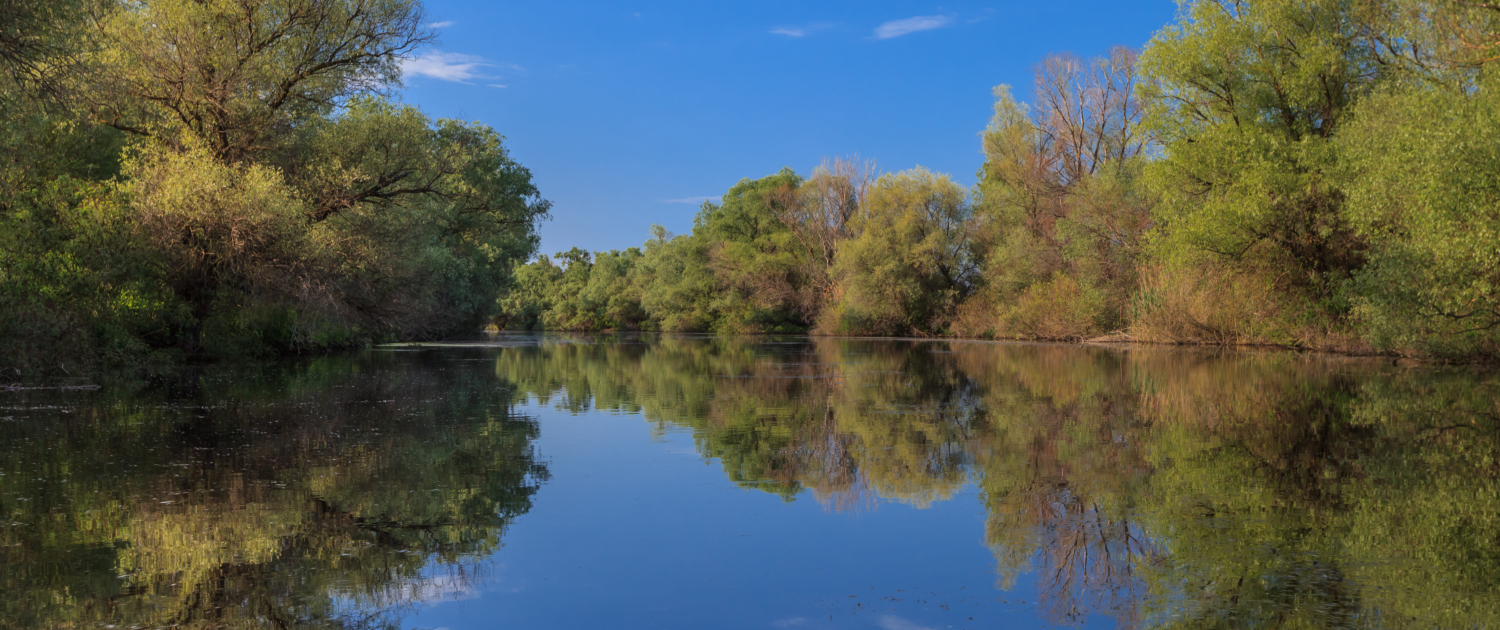The Effects of Climate Change on Water Quality and Quantity
Water quality is an issue that is of great importance to Indigenous communities. Indigenous peoples from coast-to-coast-to-coast see water as the “the giver of life”. Water is the most important life-sustaining element of this planet, without it, life could not exist. Indigenous peoples rely on bodies of water for many purposes such as transportation, drinking water, recreation, harvesting, and agricultural activities. Extreme weather events resulting from climate change, threaten water quality for many Indigenous communities.
Given the extreme situation facing Indigenous communities and their water supplies, any impacts of climate change on water quality will be more severely experienced by Indigenous communities than by non-Indigenous communities. Additional, economic pressures on Indigenous communities also add to this problem, because of the serenity of the impacts on standard of living. For communities situated in low-lying coastal regions such as in the Atlantic Provinces, water quality may be affected by rising sea levels, storm surges, and the intrusion of saltwater because of coastal flooding (C-CIARN, 2006). Reduced water quality can have an impact upon the health of a community, surrounding environment and the viability of a business such as farming (which rely on water for crops), fishing and recreational activities such as swimming. Indigenous communities located in the Prairies will most likely be affected by changes in water quality due to low flows from decreased glacial melt and less snow cover in the Rockies (C-CIARN, 2006).
Lower water levels and higher temperatures in the Prairies will lead to higher nutrient levels in the water and to the proliferation of water-borne diseases. Similarly, Indigenous communities in Ontario, especially those situated close to the Great Lakes will be exposed to water quality issues due to low water levels and higher water temperatures (C-CIARN, 2006). Floodwaters may contaminate fresh water sources, such as wells, reservoirs, and even surface waters. In cases of open area sewage treatment (septic fields, sewage lagoons), an increase in flooding can cause sewage and liquid waste to contaminate water sources, community areas, and the surrounding environment. This raises the risk of the spread of water-borne diseases such as cholera and typhoid. Indigenous communities may need to find alternative secure drinking water sources, increase protection of water sources with dikes, retaining walls or even relocate current facilities (both waste and water) to protect drinking water sources.


